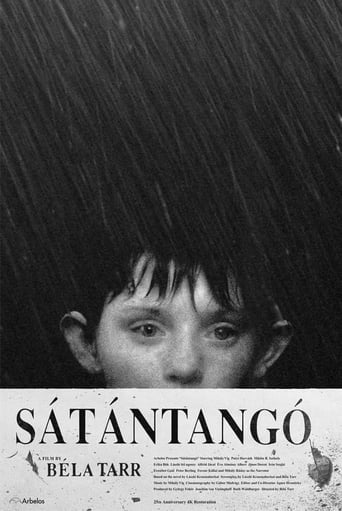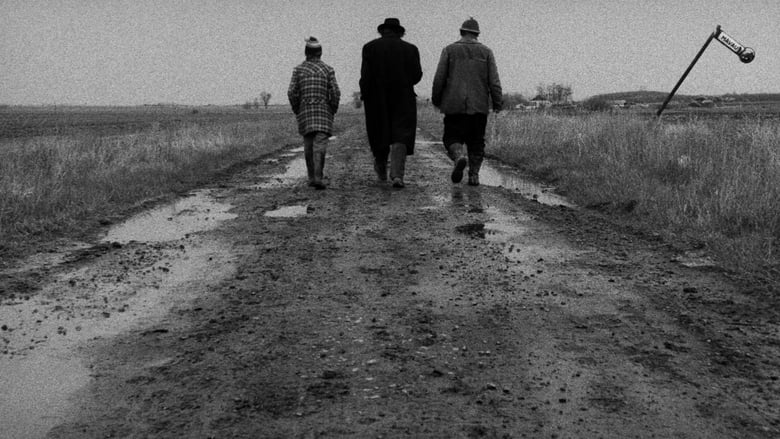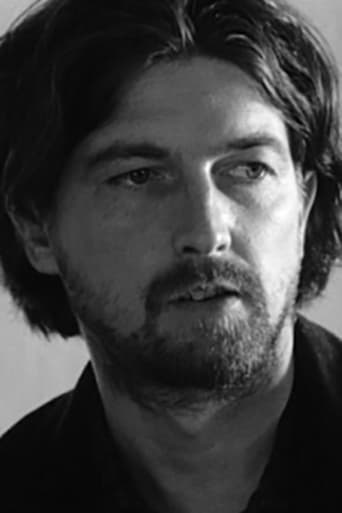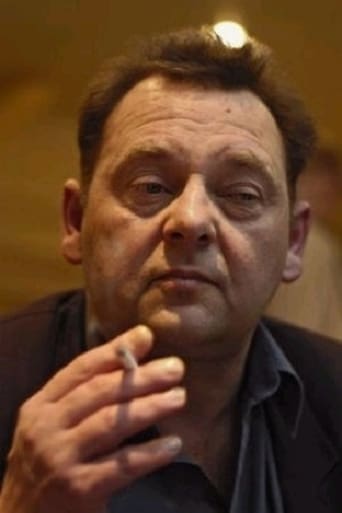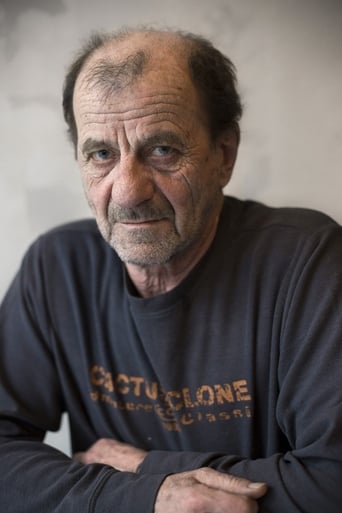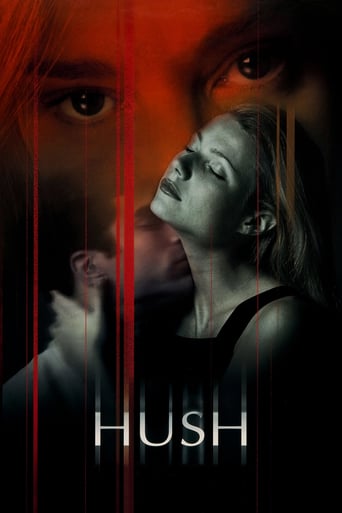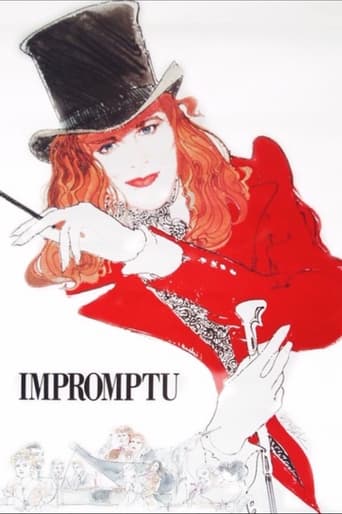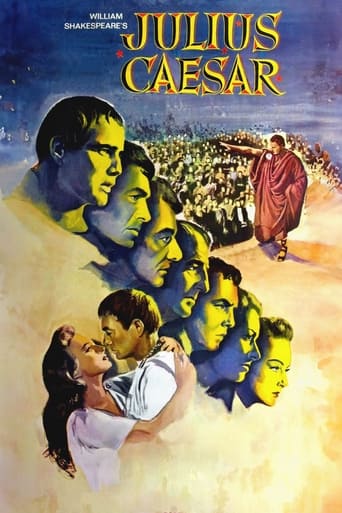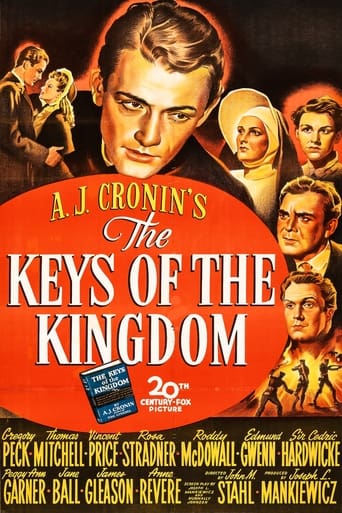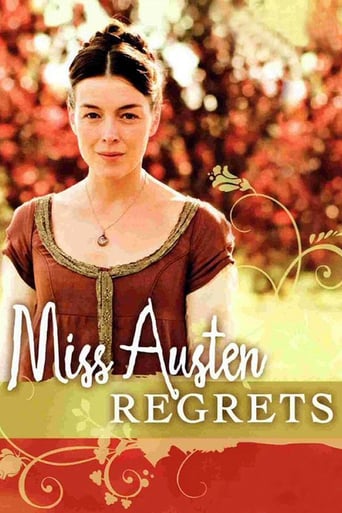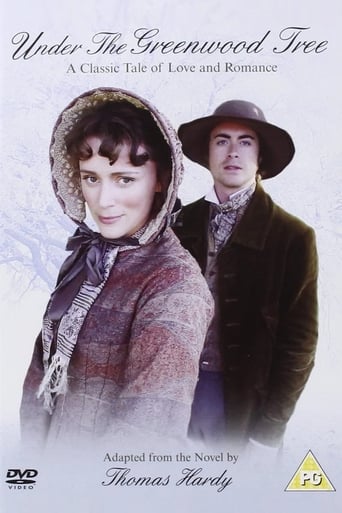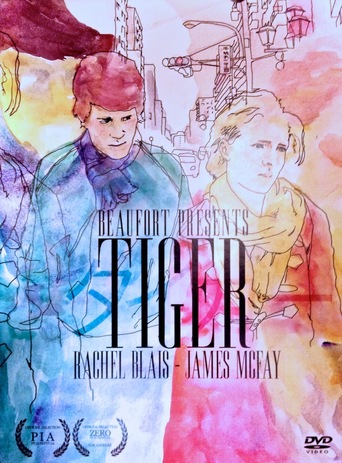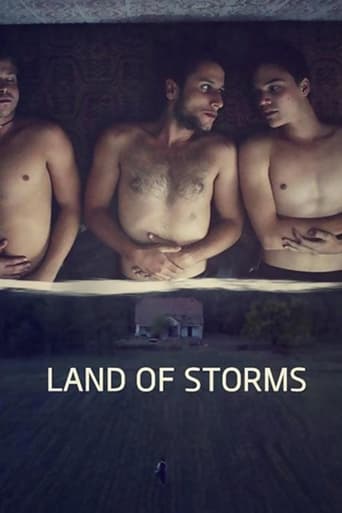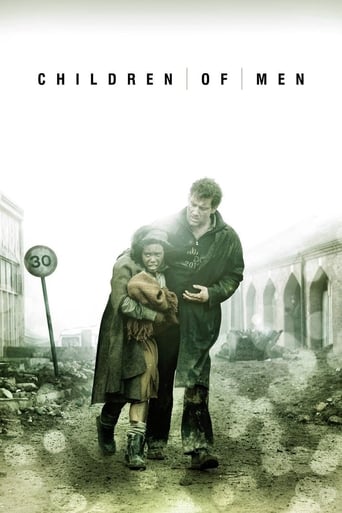Satantango (1994)
Inhabitants of a small village in Hungary deal with the effects of the fall of Communism. The town's source of revenue, a factory, has closed, and the locals, who include a doctor and three couples, await a cash payment offered in the wake of the shuttering. Irimias, a villager thought to be dead, returns and, unbeknownst to the locals, is a police informant. In a scheme, he persuades the villagers to form a commune with him.
Watch Trailer
Free Trial Channels
Cast


Similar titles
Reviews
the audience applauded
All of these films share one commonality, that being a kind of emotional center that humanizes a cast of monsters.
Amazing worth wacthing. So good. Biased but well made with many good points.
Through painfully honest and emotional moments, the movie becomes irresistibly relatable
Sátántangó deserves to be among the best movies in IMDb Top 250 films page without any doubt. This, unfortunately, will never happen, due to its seven and a half hours of length and its slow pace and atmosphere, for many boring. However, this film is beautiful, melancholic, poetic and also pessimistic, very pessimistic. This can cause that the viewer may feel unable to finish it. But when you reach the point when you get into it, it is very difficult to leave it. It is probably one of the strongest cinematic experiences I've ever have, one of the most immersive, making me feel, in the middle of August, the rain, wind and cold the characters suffer during their endless walks.
Tarr has shown to be a quite talented director, just see "Werckmeister Harmonies" and you'll know why, he is famous for using extremely long shots, and with this film it's the apex of what his cinema has to offer: very long shots, beautiful landscapes, deep sadness and human's evilness. But unfortunately, "Sátántangó" had pretty much everything to be the so called masterpiece, but the film's idea is greater than the film itself, which is a shame. The film is build up like this: the characters by little start to connect with each other. It has many histories but the central one involves the comeback of a man who will try to create a better society using the money of the residents of the community. It's interesting what Tarr tries to do here and the concept is great, but the way Tarr made the film ended up making this a film that sometimes fells too short, other incredibly long. There are amazing things about this film which make it at least worth watching, for example the breathtaking cinematography and the incredible soundtrack (which sometimes are used with mastery by Tarr making some scenes that you can almost feel that you are in that place with those characters, but not most of the time), and some of the "sub stories" are very interesting both in concept and the way it's developed, but this is just a little bit of the film. In the beginning it doesn't sound exaggerated his use of long shots, but for a film that is seven hours long, soon or late the film will get boring, and when it does it becomes almost impossible to still watch it. One could say that he uses long shots so the viewer can pretty much "feel" that he is on that place with that people, it works sometimes but not most of the time. The characters come and go (most come back) but Tarr does not let the public to create empathy with pretty much all of them. The main problem of this film is not only that it has long (very long) length, but Tarr fools the audience with smart monologues, the beautiful landscape and the soundtrack, but when actually on the ground there is nothing too much complex about it. Tarr tries to point how community (not just from the film but in general) is corrupted and how people are evil, but besides the film's beautiful long shots, there is nothing too original about the film. You can admire Tarr for beautiful and heartbreaking moments he creates such as the Estike part (might be Tarr's greatest and most moving moment) and others you can despise him for using extremely long shots that after sometime starts to sound annoying and pretentious. And the same happens with most of the characters: in the beginning, you get that they are real human beings with a evil side just like everyone, but then after some hours that they start to get superficial and implausible, they start to sound only like human beings with no "good" side and only moved by greed and alcohol (I also wonder if one of the reasons why Tarr chosen to make this a seven hour film is that when the film shows some problem you won't notice that because or he is fooling the audience with the film's beautiful landscape or the viewer is already too much tired to notice any problem). Even thought Sátántangó can be the apex of Tarr's self indulgence it also can be a good exploration of how a community work, it is a haunting film, filled with great cinematography and some memorable dialogues and moments, and he does have a message to tell and sometimes he is able to tell it in a very good way, but his pretentiousness and distance won't help much, therefore, it is a film you can admire for wanting to say something "new" with a original touch by Tarr but himself does not allows the audience to admire it for other reasons that are emotionally related. A film that disguises itself as a film that has a lot to tell when actually it's ambition does not let it go too much far, a film filled with exaggerations (and I'm not just saying that only because of the time of the film but also because some "sub stories" does not sound necessary to the plot and it's not interesting to watch, and even if there is a message there, the boredom won't let see)
If you agree with the following statement, then read on; otherwise skip my entire review.The torturing/killing of living things is NEVER justified if the reason is "for entertainment", or worse, "for art".Good, you're still here which means there's hope for the human race. SATANTANGO features a scene where a real cat is shaken, flipped around, rolled in the dirt, rolled over, shaken again, stuck in a bag and hung on a wall. The torture lasts about 10 minutes and can be seen on Youtube by searching "Satantango cat".Not all countries have animal protection laws, and not all directors respect animal life. Oddly enough, it's often the "enlightened", well-respected filmmakers who are the worst offenders. Watch out for Tarr (Satantango - cat tortured), Tarkovsky (Andrei Rublov - cow lit on fire, horse shot and thrown down stairs), Herzog (Even Dwarfs Started Small - monkey crucified, chickens thrown through window), Von Trier (Manderlay - donkey slaughtered), Coppola (Apocalypse Now - water buffalo partially decapitated), Ki Duk Kim (where to begin?), and the list goes on. You can check all my 1 star reviews for more.To all of the above films I say no thank you, just as I'd prefer not to cheer at a bullfight or adore a Nazi lamp made of human flesh, no matter how "beautiful". I'll stick to directors who show sensitivity and compassion, in front of the lens as well as behind it: Kurosawa, Wenders, Jarmusch, Anno, there are plenty enough films to keep me busy.
The dance with the devil based on novelist László Krasznahorkai's novel about the aftermath of the fall of communism for sure has to rank very high up when it gets to unconventional motion pictures. Filmed in beautiful black and white by Hungarian director Béla Tarr in the early Nineties, the movie consists of twelve parts and lasts seven and a half hours with single tracking shots up to ten minutes, often with very little or only repetitive action on screen. And it rains and rains and rains. Make no mistake: Despite its length Satantango is not an epic narration, but rather achieves long lasting impressions by pointing the camera on banalities inspired by the bleakness of the scenery, perfectly enhanced by the director's choices what to show and how to show it in order to induce a trance-like reaction in the viewer. And while doing so Satantango mesmerizes, shocks, devastates, enthralls.The time line is a bit unclear and episodes overlap or could have happened the same way at another time. Yet there is a main thread of story about a con-man in the messiah's disguise, a seemingly eternally lasting dance in the very middle, and an essential episode about a little girl representing the core of the film - a symbol of the disillusionment and victim of betrayal, desperately searching for ways to exert some power herself in her forlorn reality. Not that much is happening in Satantango, and some things remain vague, but reality is also transcended at key points adding to the allegorical impact. The aesthetics of the experience and its ultimate conclusion will remain with those who are open for it.

